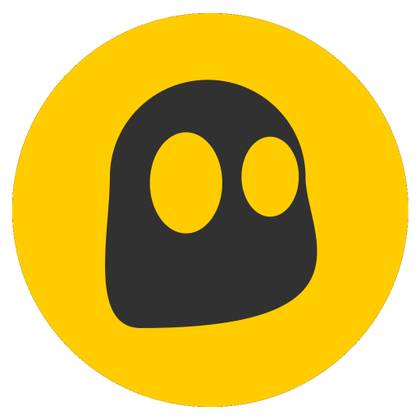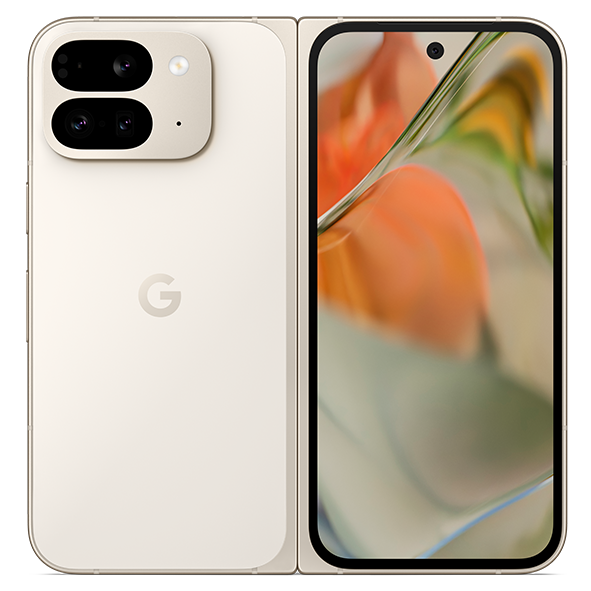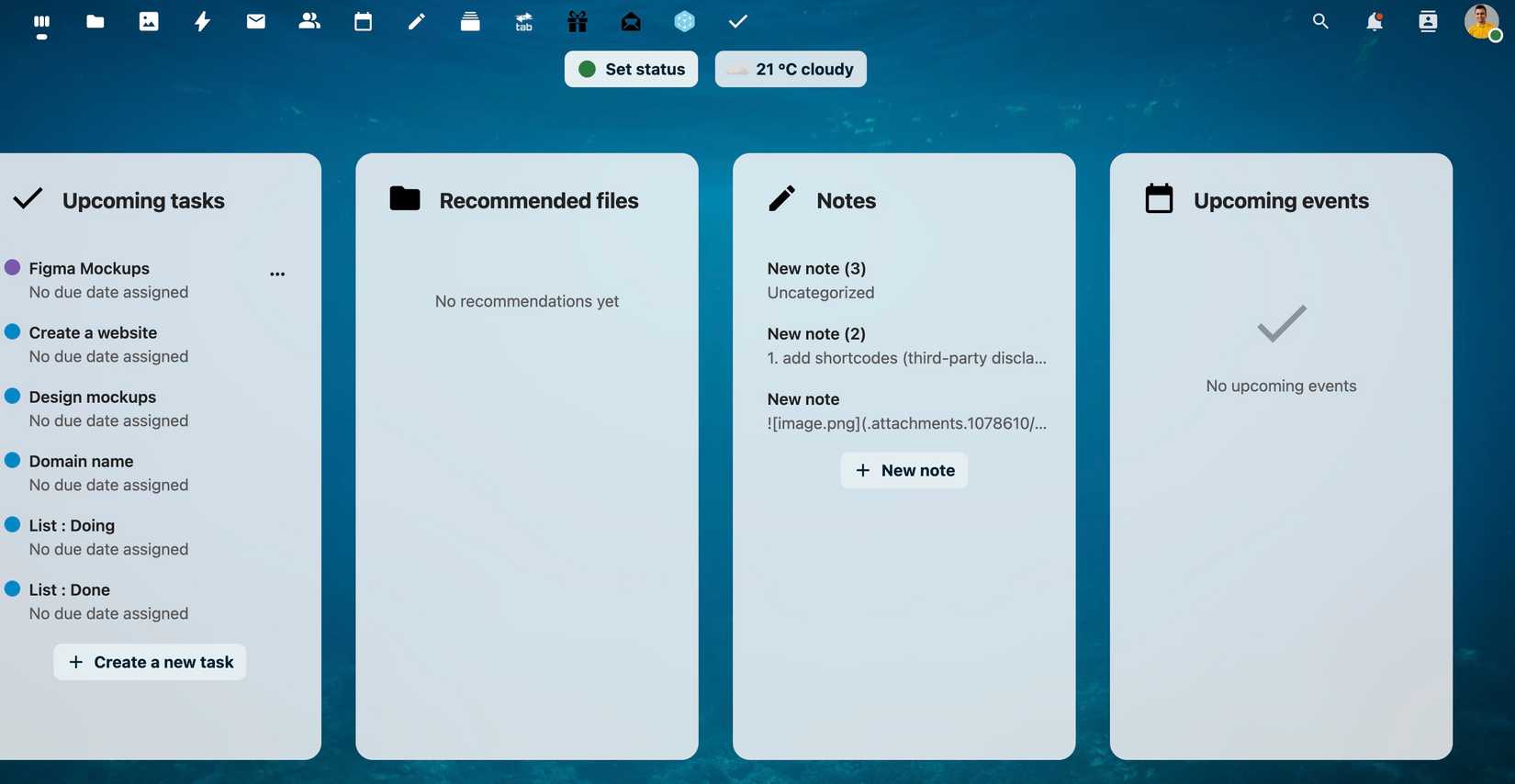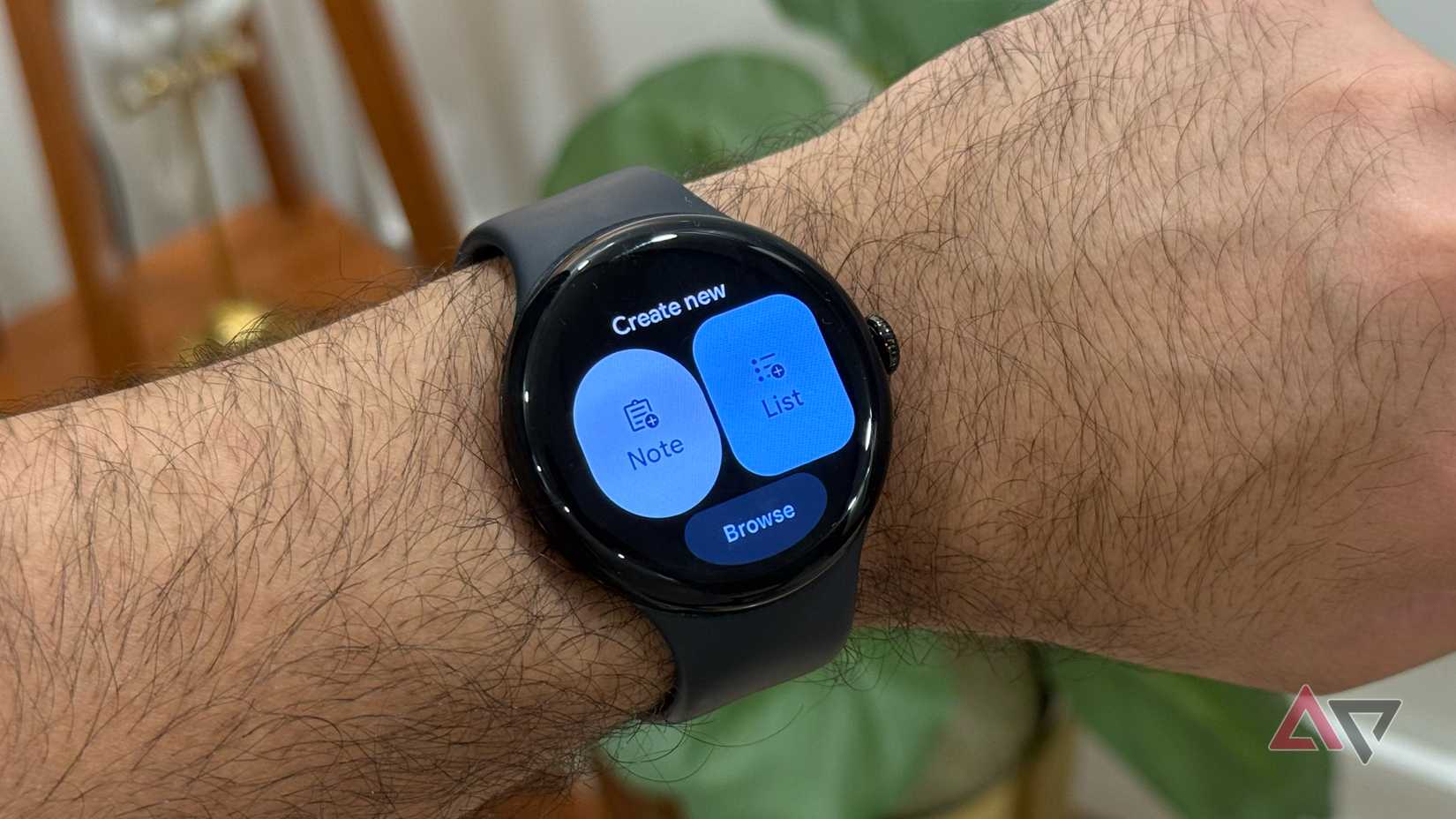I still mourn the loss of Windows Phone almost a decade later. We used to have a cool smartphone landscape, full of variety. It wasn’t that long ago that you could walk into a carrier store and experience several ecosystems within a few feet of each other.
Apple and Android occupied their spaces, but BlackBerry and Windows Phone also had a presence. Unfortunately, that variety also led to problems for Windows Phone.
With the dominance of iPhone and Android devices, such as the Samsung Galaxy, developers didn’t feel the need to release yet another version of their popular apps on Windows Phone. The platform underwent numerous transformations, but it ultimately failed.
Although it never achieved commercial success, Windows Phone had a lot going for it. Its user interface was fantastic, and I’ve never found a suitable replacement launch on Android — until now.
Windows Phone had the best user experience
Live Tiles were amazing
Sure, I loved the funky designs and colors of the Nokia Lumia series. The Nokia Lumia 1020 is one of my favorite phones of all time, selling out on the design to accommodate its impressive 41MP sensor.
It felt like a standalone point-and-shoot camera in your hand, and the photo results were outstanding for 2013.
It also came in a variety of fun colors. I purchased my Lumia 1020 in yellow, and I owned a bright orange Lumia 830. My Lumia 930 was neon green, and I never grew tired of how much fun it was.
Despite the unique look of the Windows Phone devices, it was its software that stood out. Metro UI was clean, and it didn’t take a high-powered chipset to run smoothly.
Live tiles were a revelation, letting you see what your friends were doing at a glance. News, stocks, and weather were all updated in real time, and it was exciting each time a tile flipped.
I never understood why Android manufacturers never duplicated the experience, even on Microsoft’s smartphones. Several launchers tried to capture the feeling, but all of them fell flat.
I saw an excellent article on Pocket-lint by Craig Donaldson talking about Square Home. It’s the only launcher I’ve used that gives me a proper Windows Phone feel, so I got an idea.
I turned my Google Pixel Fold into a Windows Phone, and the result was better than I expected.
The Pixel 9 Pro Fold features all the bells and whistles of its predecessor, alongside a more durable hinge that lets it sit flat, seven years of OS updates for the foldable (up from three), and all the AI smarts you could ask for.
- Display dimensions
-
8.0” (main); 6.3” (cover)
- Display resolution
-
2152 x 2076 (main); 2424 x 1080 (cover)
- RAM
-
16GB
- Storage
-
256GB or 512GB
- Battery
-
4,650mAh
- Charge speed
-
21W wired, 7.5W wireless
- Charge options
-
USB-C wired, Qi wireless
- Ports
-
USB-C
- SIM support
-
Nano-SIM and eSIM
- Operating System
-
Android 14
- Front camera
-
10MP, f/2.2
- Rear camera
-
48MP, f/1.7 main; 10.5MP, f/2.2 ultra-wide; 10.8MP, f/3.1 5x telephoto
- Wi-Fi connectivity
-
Wi-Fi 7
- Connectivity
-
NFC, Google Cast, ultra-wideband (UWB), dual band GPS
- Bluetooth
-
Bluetooth 5.3
- Weight
-
257g
- IP Rating
-
IPX8
- Colors
-
Obsidian, Porcelain
- Price
-
$1,799
Capturing the spirit of Windows Phone
Live tiles need to feel alive
I’ve tried a few launchers that attempted to capture the magic of Metro UI, but they all fell short. It’s not enough to simply make icons into squares on the display and add a black background. Live tiles have to feel alive, with updated information.
Square Home does this better than most. My Gmail tile flips to reveal the latest received email, and other apps will give me notifications on a rotating basis.
That’s precisely what I loved about Metro UI, and it’s a fantastic experience to glance at your home screen for a few seconds and stay updated about your day.
There’s also an RSS feed that keeps you updated with news and pictures throughout the day, similar to the old Windows Phone news app.
Plenty of customization options
More than just Live tiles
In addition to the tiles, Square Home offers numerous customization options. You can choose to do more than just launch apps with a program tile.
You can have tile stacks and also widgets. You can decide to open a specific place in an app, such as Gmail, where you can open an individual email account instead of the combined mailbox.
It’s helpful, and more than I get from similar launchers.
There are also numerous cosmetic options available. Like the original Windows Phone tiles, I can resize as needed. I can have a rotating photo album of pictures, and I can select different color backgrounds for each tile.
I don’t regret trying out Square Home on my Google Pixel Fold. It’s the Windows Phone foldable I’ve always wanted, and while the launcher doesn’t occupy the entire internal display when unfolded, I do get an extra row of apps to play with.
It slightly messes up the configuration on the cover screen, but with a bit of tweaking, you can get everything where you want it.
A bit of nostalgia with current benefits
I enjoy the Square Home launcher for its nostalgia, but it also offers practical benefits.
It features a clean layout with large icons and offers numerous customization options. It also gives you more information at a glance. I can catch up on news or my emails without opening a single app.
It’s not a free app, but it won’t significantly impact your budget. After a 14-day free trial, Square Home will cost you $2 a year — well worth it for fans of Windows Phone.
Your comment has not been saved
- SoC
-
Google Tensor G4
- Display type
-
AMOLED, 120Hz
- Display dimensions
-
8.0” (main); 6.3” (cover)
- Display resolution
-
2152 x 2076 (main); 2424 x 1080 (cover)
The Pixel 9 Pro Fold features all the bells and whistles of its predecessor, alongside a more durable hinge that lets it sit flat, seven years of OS updates for the foldable (up from three), and all the AI smarts you could ask for.
- RAM
-
16GB
- Storage
-
256GB or 512GB
- Battery
-
4,650mAh
- Charge speed
-
21W wired, 7.5W wireless
- Charge options
-
USB-C wired, Qi wireless
- Ports
-
USB-C
- SIM support
-
Nano-SIM and eSIM
- Operating System
-
Android 14
- Front camera
-
10MP, f/2.2
- Rear camera
-
48MP, f/1.7 main; 10.5MP, f/2.2 ultra-wide; 10.8MP, f/3.1 5x telephoto
- Wi-Fi connectivity
-
Wi-Fi 7
- Connectivity
-
NFC, Google Cast, ultra-wideband (UWB), dual band GPS
- Bluetooth
-
Bluetooth 5.3
- Weight
-
257g
- IP Rating
-
IPX8
- Colors
-
Obsidian, Porcelain
- Price
-
$1,799







